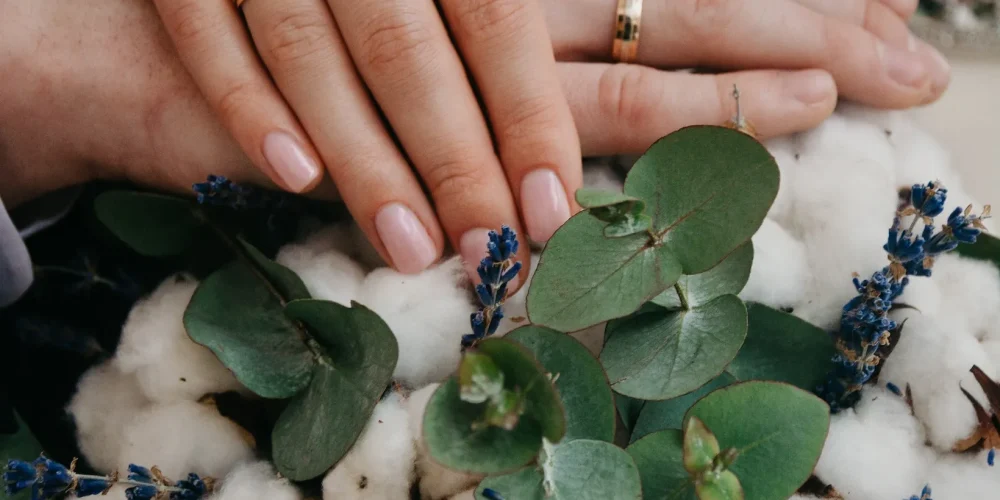How to Plant Three Sisters
Are you looking for a guide on how to plant Three Sisters using traditional Native American gardening techniques? Well, you’re in the right place! In this article, I’ll walk you through the steps to successfully implement this ancient agricultural practice.
The Three Sisters planting technique is a time-honoured tradition of Native American communities. It involves growing corn, beans, and squash together in harmony. Each of these crops has its own unique role in supporting one another’s growth and maximising yields.
To get started with planting Three Sisters, it’s important to understand the interdependence of these three crops. The corn provides support for the climbing beans, while the beans enrich the soil by fixing nitrogen. Meanwhile, the sprawling squash plants act as natural mulch, shading out weeds and retaining moisture.
In this comprehensive guide, I’ll delve into the specific details of preparing your garden bed, selecting suitable varieties of corn, beans, and squash, and arranging them in an optimal manner. We’ll explore best practices for watering and fertilising your Three Sisters garden while respecting traditional Native American methods.
So if you’re ready to embark on a journey back in time and embrace sustainable gardening techniques rooted in Native American wisdom, let’s dive into our step-by-step guide on how to plant Three Sisters!

Choosing the Right Location
When it comes to planting a successful Three Sisters garden, choosing the right location is key. Here are some important factors to consider:
Sunlight: The Three Sisters crops – corn, beans, and squash – thrive in full sunlight. Look for an area in your garden that receives at least 6-8 hours of direct sunlight each day.
Soil Quality: The soil should be rich in organic matter and well-drained. Before planting, test the soil pH and make sure it falls within the optimal range for vegetable gardening (typically between 6 and 7).
Space Requirements: A traditional Three Sisters garden requires a considerable amount of space due to the sprawling nature of squash plants and tall corn stalks. Ensure you have enough room for each crop to grow without overcrowding.
Companion Planting Considerations: Keep in mind that this Native American gardening technique relies on companion planting principles. Corn provides support for climbing beans, which, in turn, fix nitrogen into the soil for all three crops’ benefit. Squash acts as a natural mulch by shading out weeds and conserving moisture.
Protection from Wind: Since corn plants can be vulnerable to wind damage, select a location that offers some protection from strong gusts or consider using windbreaks such as fences or shrubs.
Accessibility to Water: Adequate water supply is crucial for healthy plant growth throughout the growing season. Choose a location with easy access to water sources or consider installing irrigation systems if necessary.
Remember that these guidelines are just starting points; adapt them based on your specific climate and local conditions.






